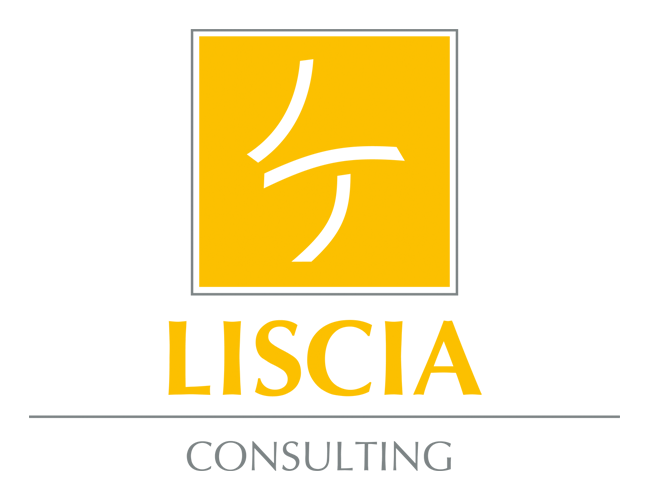What matters most when you’re negotiating an agreement? If you think about it, we spend a good deal of time negotiating our way through each day. How can we pave the way to satisfying negotiations? Does negotiating require talent? And what exactly is a win-win strategy?
To negotiate a successful, enduring agreement the first step is to cultivate a relationship built on trust, partnership and equality, beyond the conventional customer-supplier transaction. A person-to-person relationship. Of course, such a relationship is cultivated over time, encompassing mutual experiences. All the same, you should be fully conscious of how you mentally and emotionally approach the relationship. Regardless of your counterpart’s attitude and approach, you should remain true to your own. Your counterpart will either immediately mirror your attitude, setting off mutual empathy, or you can trust that in time, your partner will learn to appreciate and accept your approach.
Another precondition setting the course for smooth negotiation sailing, is clearly defined goals. Before launching negotiations, each participant should have in mind precisely what he or she hopes to attain. Make sure you know beforehand which minimum results you believe are desirable and which are optimal for your business in the long run. Not only for you, but also for the organization you represent. Nothing corrodes negotiations more – and consequently your relationship with your negotiation partners — than leaving the discussion with personally satisfying results which are later rejected by your organization.
Your body language can undeniably make or break negotiations. How you stand, move and gesture, but first and foremost, your facial expressions speak volumes. Facial expressions most eloquently communicate your (and your counterpart’s) basic emotions, making it useful to learn to read them carefully. While body language can be trained and practiced, facial expressions cannot, physiologically coming directly from the brain.
Tim Roth’s outstanding portrayal of Dr. Carl Lightman in the TV series Lie to Me heightened global awareness of the above-mentioned basic emotions. The series accurately applies the science of reading microexpressions to detect lies and get to the truth.
Paul Ekman, a U.S. American anthropologist and psychologist, has been studying non-verbal communication for over 40 years and is a world-recognized pioneer and expert on the subject of facial expressions. He is currently an advisor to the F.B.I., C.I.A. and other security agencies. Ekman has studied facial expressions in the U.S.A., Japan, Brazil and Papua New Guinea, to name a few. He discovered that there are seven basic emotions that universally apply to all peoples on Earth, regardless of upbringing, cultural influences and temperament. These emotions and our faces’ reflection of them can be neither controlled nor trained. They are a direct reaction to our emotional state, and whether we want to or not, they appear on our faces, sometimes for less than a fraction of a second. The seven basic emotions are anger, sadness, fear, surprise, disgust, contempt and happiness. It is impossible to keep them out of our faces completely, so they’re worth the effort to learn to read. (See our blog entry from February 13, 2017)
So, now you probably think you need a special negotiation talent to succeed, but that’s not necessarily true. Negotiating successfully can be learned. It’s like sports. Anyone can learn a sport and enjoy a sporting activity. But if you aim to become a professional, talent is a definite plus and professional athletes train hard and long to able to actually play every now and then. Most people believe a little training will go a long way to becoming a good player, and that’s true for the amateur league. But if you want to be an outstanding negotiator (or athlete) you have to train, train, train. Sure, talent is helpful. But it’s not a prerequisite.
And then there’s the win-win strategy, also known as the double win strategy. Ever heard of it? A win-win strategy aims to serve all negotiation partners. It is built on mutual respect, encompassing the desire to serve everyone’s interests. And yet, win-win results are often confused with simple compromises, since a compromise requires you to let go of your ideal solution. When both parties relinquish their optimum, a compromise is the result. A mediocre solution, and certainly not a win-win negotiation result. To achieve a win-win result, you must strive for a consensus, a mutually satisfying third option that improves on your and your partner’s original ideal. Therefore, if you enter negotiations fully aware that your ideal result is nothing more than a launching pad for creative discussions; if you are open to finding the unknown third option in tandem with your negotiations partner, then, and only then, are you following a win-win strategy.
To quote Willy Brandt, the former German Chancellor and Nobel Peace Prize winner, “Negotiating can be likened to elephants mating. It takes place at a high level, kicks up a lot of dust and takes a long time to bear fruit.” Approaching negotiations with the right attitude, you can facilitate desirable results and maybe even speed things up a bit.



